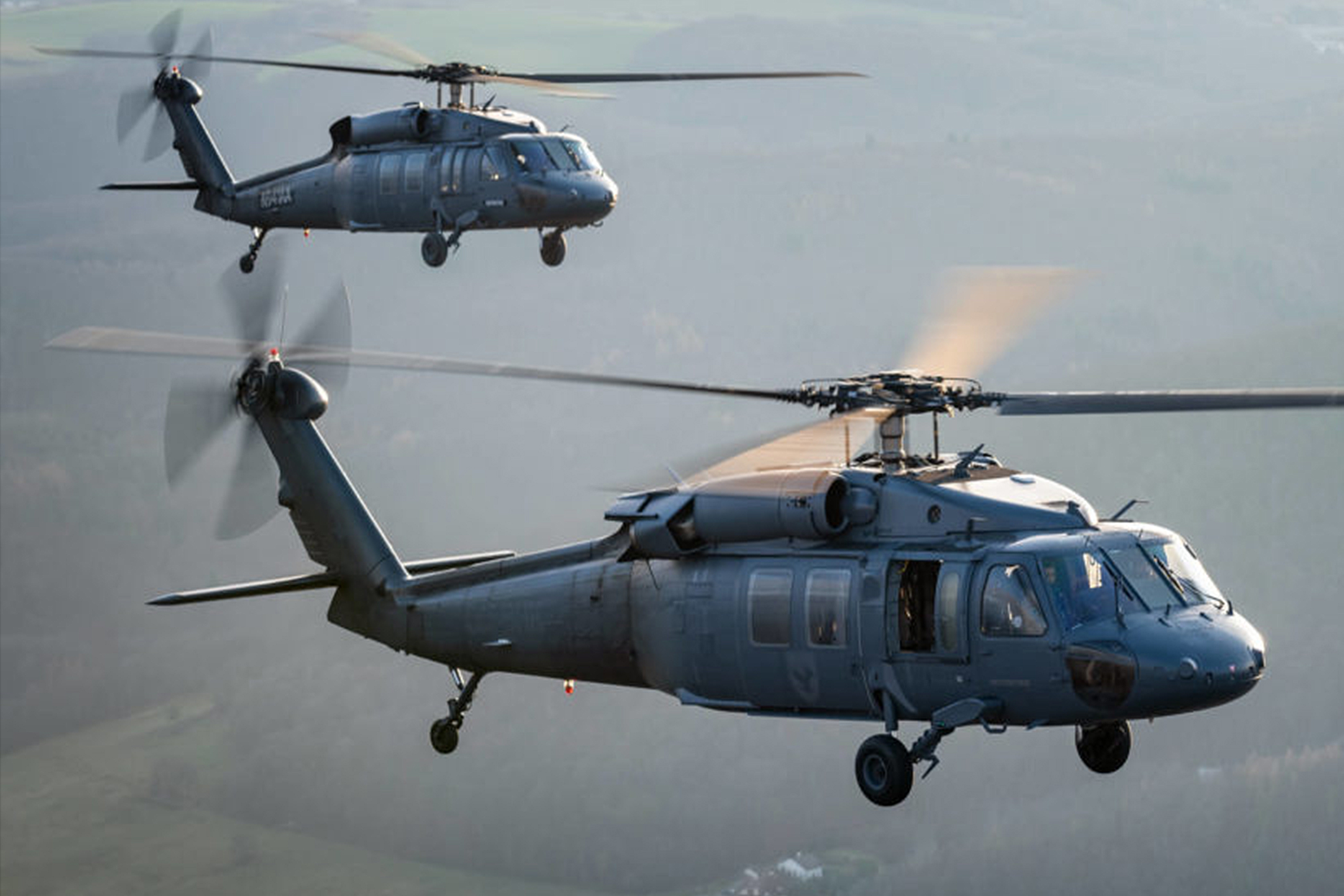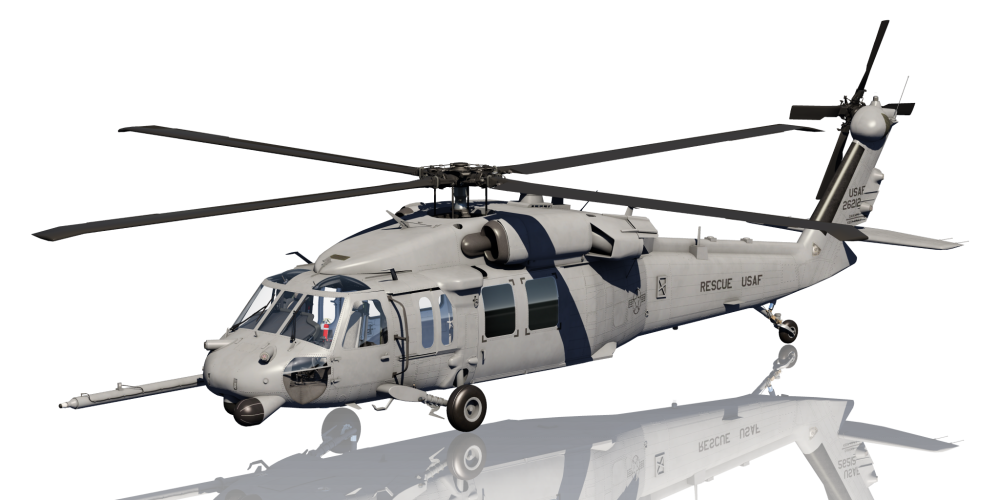Exactly How the UH60 Boosts Goal Success with Its Advanced Aerodynamics
Exactly How the UH60 Boosts Goal Success with Its Advanced Aerodynamics
Blog Article
Recognizing the UH60: The Ultimate Military Helicopter Experience
The UH-60 Black Hawk helicopter represents a vital development in army aeronautics, integrating durable engineering with multifaceted operational capacities. Its layout deals with a variety of goals-- from army transport to clinical discharge-- showing its flexibility throughout diverse battle situations. As we check out the history, specifications, and technical innovations of the UH-60, it comes to be obvious that its duty in forming modern armed forces strategies is both significant and significant. This conversation welcomes a more detailed examination of just how this exceptional aircraft remains to influence modern warfare characteristics.
History of the UH-60
Arising from the need for a versatile energy helicopter during the late 1960s, the UH-60 Black Hawk was developed by Sikorsky Airplane Firm in response to the U.S. Military's demand for a contemporary battlefield transport helicopter. The style process started in 1972, culminating in its initial flight in October 1974. The Black Hawk was engineered to replace the aging UH-1 Iroquois, also recognized as the "Huey," which had been a staple of Military air travel considering that the Vietnam Battle.

For many years, the Black Hawk has undertaken numerous upgrades, keeping its significance in contemporary army procedures. Its success has actually led to the growth of different variants, offering several branches of the U. UH60.S. military and allied forces worldwide, developing the UH-60 as a foundation of armed forces aeronautics history
Key Attributes and Specifications
The UH-60 Black Hawk is distinguished by its innovative layout and robust requirements, which add to its versatility on the battlefield. This multi-role helicopter includes a twin-engine setup, powered by 2 General Electric T700-GE-701C engines, delivering a maximum output of 1,800 shaft horsepower each. This effective engine setup permits the Black Hawk to reach a maximum speed of approximately 183 knots (211 mph) and a service ceiling of 19,000 feet.
The aircraft's composite rotor blades offer outstanding lift and ability to move, while its four-blade primary rotor system improves stability (UH60). The Black Hawk is geared up with advanced avionics, including an electronic cockpit and evening vision abilities, making certain reliable operations in varied problems. Its cabin can fit up to 11 troops or lug as much as 8,000 pounds of freight, making it appropriate for different logistical demands
The UH-60's modular design permits for simple maintenance and upgrades, making certain longevity and flexibility in advancing military needs. In addition, its sophisticated survivability attributes, such as crashworthy seats and armor, improve staff security during objectives. Generally, the UH-60 Black Hawk stands for a substantial development in armed forces aeronautics technology.
Operational Duties and Objectives
Adaptability is a trademark of the UH-60 Black Hawk, allowing it to perform a vast selection of functional roles and goals across various armed forces environments. Largely developed for troop transportation, the Black Hawk can bring approximately 11 soldiers and is often made use of in air assault procedures, enabling quick insertion and extraction of ground forces in disputed areas.

In enhancement to army transport, the UH-60 is experienced at clinical discharge (MEDEVAC) goals. Equipped with innovative clinical equipment and personnel, it can quickly evacuate injured soldiers from the combat zone, considerably improving survival prices in vital situations. The helicopter additionally plays a vital duty in logistics sustain, delivering products, ammo, and equipment to ahead operating bases in ascetic settings.
Furthermore, the Black Hawk acts as a system for unique procedures goals, including reconnaissance and straight action. Its ability to operate in different surfaces and its low-flying recommended you read abilities make it a vital property for systems performing hidden procedures.

Technical Advancements
Advancement in aviation modern technology has substantially enhanced the capacities of the UH-60 Black Hawk, ensuring its significance in contemporary military operations. The helicopter is furnished with sophisticated avionics systems that provide pilots with exceptional situational understanding, consisting of multi-functional screens, enhanced GPS, and cutting-edge surface awareness systems. These features allow precise navigation and objective implementation, even in tough settings.
Moreover, the integration of data systems permits immediate and protected info exchange in between systems, assisting in worked with operations. The UH-60's updated rotor systems and composite materials contribute to boosted efficiency, supplying greater speed, agility, and lowered upkeep costs.
Furthermore, innovations in tool systems, such as the ability to deploy precision-guided munitions, improve the Black Hawk's role in fight scenarios. The helicopter's capacity to sustain clinical emptying goals is also bolstered by new medical equipment and technologies, guaranteeing efficient person care en route.
Finally, ongoing improvements in stealth innovation and sound decrease systems even more solidify the UH-60's efficiency in concealed operations, enabling it to run in hostile territories with a reduced probability of detection. Collectively, these technological developments emphasize the Black Hawk's sustaining prominence in military aeronautics.
Influence On Modern War
Boosted capabilities of the UH-60 Black Hawk have greatly influenced modern-day war approaches and techniques. Its adaptability in army transport, medevac operations, and reconnaissance duties has redefined the operational landscape for military forces. The helicopter's capability to operate in varied settings, from metropolitan setups to rugged terrains, enables for better tactical adaptability, making it possible for commanders to adapt swiftly to transforming battleground problems.
The UH-60's advanced avionics and interaction systems boost situational recognition, helping with real-time intelligence sharing and coordination amongst devices. This capability is vital in modern-day crooked war, where quick decision-making can establish the result of engagements. The helicopter's capacity for fast insertion and extraction of unique procedures pressures has become a characteristic of modern-day army projects, stressing rate and accuracy.
Furthermore, the Black Hawk's integration with unmanned aerial systems and other advanced modern technologies symbolizes a shift in the direction of multi-domain procedures. Therefore, the UH-60 not just acts as a crucial property in traditional disputes but also plays a crucial function in counterinsurgency and peacekeeping missions, emphasizing its long-lasting effect on modern-day armed forces doctrine and the evolution of warfare.
Conclusion
The UH-60 Black Hawk represents a pinnacle of armed forces aviation, characterized by its convenience, advanced design, and durable style. Its capacities in army you can try this out transport, clinical emptying, and logistical support underscore its essential duty in modern armed forces operations. Continuous technical innovations and improvements have further solidified the Black Hawk's calculated significance, making it possible for rapid feedback and versatility in varied battle scenarios. Ultimately, the UH-60 continues to be a crucial property, shaping the landscape of contemporary warfare and functional performance.

Development in aeronautics technology has considerably enhanced the abilities of the UH-60 Black Hawk, guaranteeing its importance in contemporary army procedures.The UH-60 Black Hawk represents a pinnacle of army air travel, identified by its flexibility, progressed engineering, and robust design.
Report this page